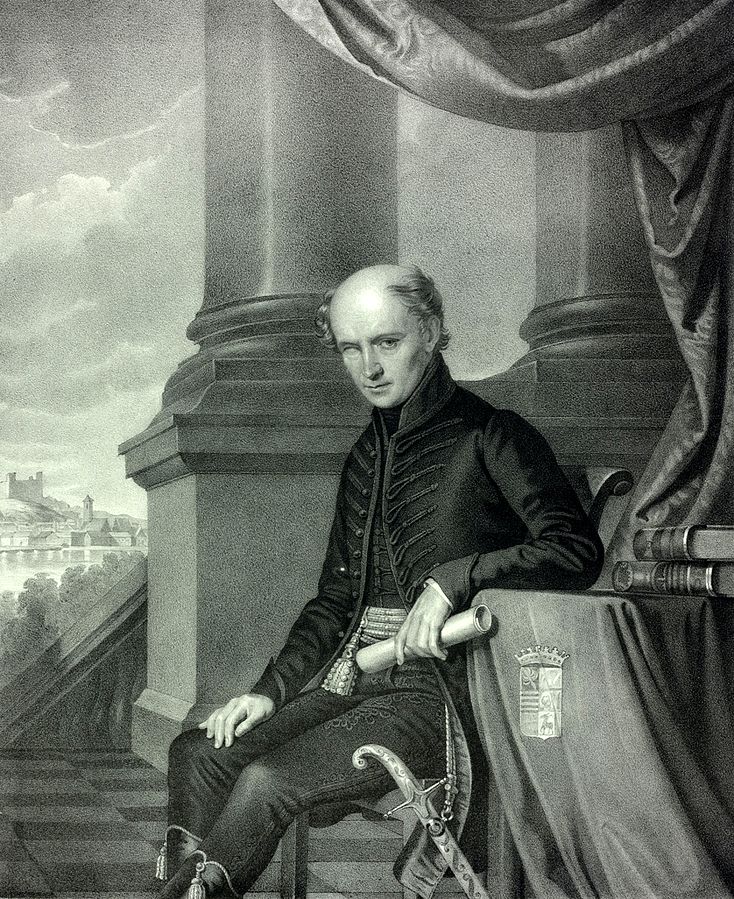The day of the Hungarian language – 13th of November

The 13th of November was declared as the day of the Hungarian language in 2011 by the parliament, thus putting it into the focus of public attention once a year. Our language is part of our cultural heritage and is the base of the national identity.
According to the resolution: “The parliament, realizing that the togetherness of the Hungarian nation is best expressed by the main intellectual cultural heritage, the Hungarian language – respecting our homeland’s traditional linguistic diversity, at the same time taking responsibility for the linguistic usage rights of minorities -, to express appreciation towards the Hungarian language that serves the nation’s development and the keeping of its traditions, the law making the Hungarian language official, declares the day of the acceptance of the 1844 II preamble about the Hungarian language and nation, 13th of November, as the day of the Hungarian language.”
The second preamble of the 1844 law declared that the official language of the state and official affairs, and the education in schools is Hungarian. This was a boost on the road to becoming an independent nation and it inspired the progressive political powers, aspiring patriots and warrior litterateurs of the Age of Reform.

The Museum of Hungarian Language opened its doors in 2008 in Széphalom, at the site of Ferenc Kazinczy’s former fruit garden. Its mission is to mediate native-language culture, to present the history of the Hungarian language, the varieties of the language and the achievements of linguistics. As Sándor Petőfi put it: “…a sacred place, sacred because of the old man whose house and grave are here. It should be the duty of all Hungarians with elevated spirits to make a pilgrimage there at least once in their lifetime.”
Hungarian is one of the 24 official languages of the European Union. Outside Hungary it is also spoken by communities of Hungarian people in neighbouring countries—especially in Romania, Slovakia, Serbia and Ukraine—and by Hungarian diaspora communities worldwide. Like Finnish and Estonian, it belongs to the Uralic language family, with its closest relatives being Mansi and Khanty. It is one of the few languages of Europe that are not part of the Indo-European family.
Hungarian is our mother tongue: an inseparable and indispensable part of our everyday life. We communicate and understand in Hungarian. We say our first word, we ask, we rejoice, we sorrow in Hungarian. We dream, we love, and we aspire in Hungarian. As Dezső Kosztolány put it, “the biggest event in our life is speaking, writing and thinking in Hungarian.”
We must learn, treasure and take care of it. We must try to speak clearly and follow the spelling rules. We should avoid the usage of unnecessary foreign words. “A nation is alive in its language”
And lastly, a quote by Ferenc Kölcsey from his remonstrance for his nephew: “Remember, how nice it is to know foreign languages, but learning your native until you can is an obligation.”
This day is a chance to celebrate our sweet language!
Written by Alexandra Béni
(Ferenc Kölcsey is in the picture)
Source:






[…] The day of the Hungarian language – 13th of November […]
I have been dabbling in learning Hungarian for decades. It is my mother’s heritage. I love Hungarian because
1. It uses phonetic orthography.
2. It has only one past tense. (English and French each have a dozen).
3. No prepositions!
4. No grammatical gender, lile English.
,